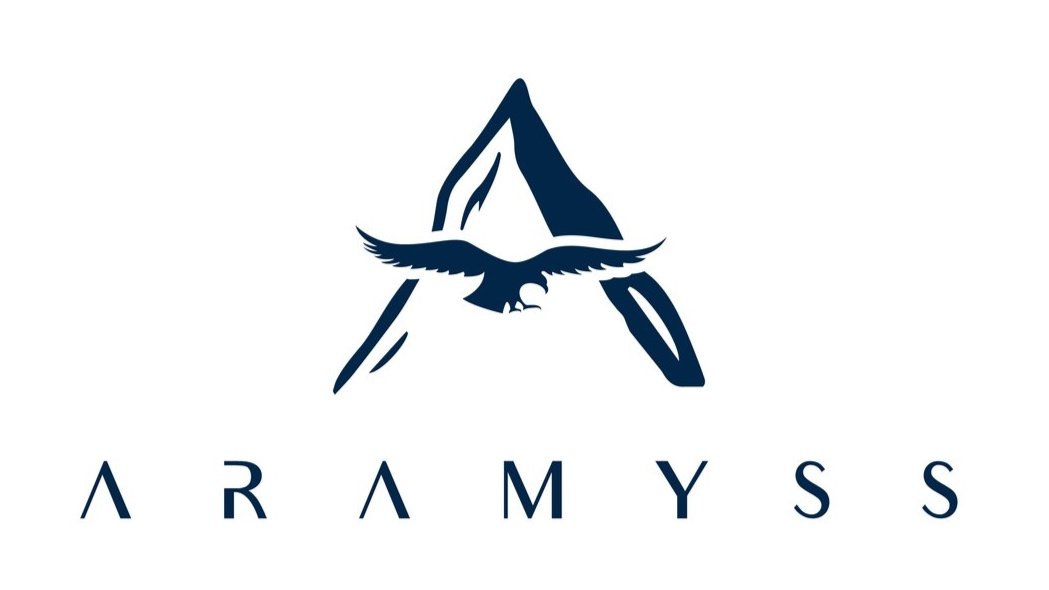Secret Saboteurs: Self-Reflection Tool for Empowerment
Recognizing and Defeating Subtle Barriers to Empowerment
"I've got to be honest with you," my client said as he closed the conference room door. He was the CEO of a company that hired me to run a leadership retreat. Was he going to delay or cancel the retreat?
"We have a serious issue. I see so many talented individuals here, but there's a glaring lack of empowerment. We need to push them to take ownership."
“Can I be blunt?” I asked.
“Go for it. I like blunt.”
“Culture starts at the top, right?”
“Go on.”
“If you look at empowerment as an attitude of ‘I make things happen’… can you think of how your own beliefs or actions might unintentionally reinforce a ‘things happen to me’ mindset?”
He frowned, shaking his head. Then his face froze as a sudden realization dawned on him.
“I think I’m doing it now,” he said. “The whole predicament feels like its happening to me. I’m blaming my team, instead of looking at how I’m responsible.” He grinned sheepishly, like a teenager who had just realized he'd been accusing his friend of eating the last slice of pizza when he was usually the one guilty of it.
This candid admission opened the door to a transformative discussion. The first step to rectify this issue was to recognize it. Once his mind was focused on the question of how he was responsible for creating a culture of victimhood, it was easy to identify steps to take to empower his team.
Many leaders unknowingly harbour and convey beliefs that, while seemingly rooted in truth or noble intentions, can unintentionally foster a disempowering mindset of "things happen to me." In the same way, it’s easy to say things which unknowingly confine even the most seasoned executives to a siloed mindset, limiting collaboration and holistic thinking. These subtle expressions might be viewed as practical, goal-oriented, or affirming within the context of leadership. However, they can inadvertently foster division and limit collaboration. By recognizing and reframing these statements, leaders can foster an environment where silos are dismantled, and an enterprise-wide mindset is embraced.
Trust-building Barriers
“I’ll handle the strategic decisions; the team can manage the operational tasks.” Implies a lack of trust in the team's ability to make strategic decisions. Empowering alternative: "I believe in your strategic thinking. Let's all contribute to the strategic decisions."
"I need to approve all major decisions before they're finalized." Discourages team members from taking responsibility for significant decisions. Empowering alternative: "I trust your judgment. Feel free to make decisions as you see fit."
"Let's hold off on making that decision until I can review it." Can limit the team's sense of autonomy and ownership over their work. Empowering alternative: "I trust your ability to make the right decision. Let's discuss it afterward to learn from it."
"Thanks, but I think I've got this sorted out." Discourages open communication and may limit the leader's personal growth. Empowering alternative: "I value your perspective. Please feel free to share your feedback."
Visionary Barriers
"Our department must meet its individual targets." This can seem goal-oriented but unintentionally promote silos. Empowering alternative: "Let's align our targets with the company's broader vision to ensure cohesion."
"Our team's specialized expertise sets us apart." This implies that other teams might lack value or unique contributions. This can create isolation and discourage cross-team collaboration. Empowering Alternative: "By leveraging our unique expertise and collaborating with others, we can create innovative solutions that benefit the entire organization."
"If we deliver our goals and the other units deliver theirs, we will all win." This sounds encouraging but might unintentionally reinforce isolated goals rather than shared purpose. Empowering alternative: "By aligning our goals across units, we create a unified path to success for the entire organization."
"Balancing continuous learning with day-to-day operations can feel challenging." This statement reflects a common concern about managing personal development alongside operational responsibilities. Empowering alternative: "Integrating ongoing learning within my professional routine fosters a dynamic leadership style, equipping me to navigate both current complexities and future challenges with agility."
Communication Barriers
"Involving more voices in decision-making could lead to analysis paralysis." This reflects a common worry about the efficiency of broader participation in decision-making. Empowering alternative: "Cultivating enterprise-wide ownership can unlock a wealth of diverse perspectives, enriching decision-making, and propelling progress through a spirit of shared commitment and synergy."
"We have our process, and they have theirs." This appears to respect diversity but might inhibit integration. Empowering alternative: "Let's explore common ground with other units to foster collaboration."
"Open discussions across teams might dilute our focus." Sounds protective but might limit understanding. Empowering alternative: "Encouraging dialogues across teams can enrich our perspective and foster alignment."
"Quick decisions within our unit ensure efficiency and success." This implies that coordination with other units is unnecessary or burdensome. This might limit cross-functional coordination. Empowering Alternative: "While swift decision-making is vital, coordinating with other units enhances our overall efficiency and effectiveness."
Collaboration Barriers
"Let's keep this project within our team for now." May seem practical but can stifle collaboration. Empowering alternative: "What insights could other departments offer to enhance our project?"
"Isolating risks within our unit protects the organization." This implies that cross-unit collaboration might endanger the organization or that other units cannot be trusted with risk management. This may prevent shared risk management strategies. Empowering Alternative: "By collaboratively identifying and managing risks across units, we can create a more resilient and responsive organization."
"We don’t want to overcomplicate things with too many perspectives." This seems efficient but might limit innovation. Empowering alternative: "Engaging diverse insights might open new avenues for innovation."
“Collaborative decision-making can lead to conflicts and disagreements, making it challenging to maintain a unified direction." Implies a fear of potential discord within the team, hindering open collaboration. Empowering alternative: "Embracing diverse perspectives not only catalyzes innovation but also fosters a culture of respect and shared ownership, enhancing team cohesion and facilitating unified progress even amidst disagreements."
Cultural Barriers
"The incorporation of new ideas may disrupt established workflows." This echoes a genuine concern about maintaining coherence with the organization's traditional values. Empowering alternative: "Actively seeking and incorporating such fresh perspectives can invigorate the organization's culture, blending tradition with innovation for a dynamic, adaptable future."
"We've found our way of doing things, and it works." May appear pragmatic but can inhibit growth. Empowering alternative: "It's beneficial to remain open to practices from other parts of the organization."
"I want our team to lead the way in this initiative." Sounds empowering but might discourage collaboration. Empowering alternative: "Let's lead this initiative and explore collaboration for a holistic approach."
"Our company's longstanding ways have shaped us; changing now seems nearly insurmountable." This acknowledges the weight of history but may unintentionally make change feel too daunting. Empowering alternative: “We've weathered profound transformations before and can do so again. It's an opportunity to forge a new path for continued success."
Leadership Barriers
"There's an ingrained belief that leaders should always have all the answers and never show uncertainty. This can prevent me from opening up to my team about uncertainties and challenges we might be facing." Suggests a fear of being perceived as weak or lacking in leadership qualities if the leader is open and honest with the team. Empowering alternative: “Embracing vulnerability allows for authentic connections and enables the team to see me as a relatable and approachable leader, ultimately enhancing our collective success."
"I need to ensure our department's success first and foremost." Though well-intended, it can limit a broader view. Empowering alternative: "Our department's success is part of the overall company's success; let's align our efforts."
"I have full faith in my team's approach." While affirming, it may unintentionally close off collaboration. Empowering alternative: "I believe in our team and the value of integrating insights from across the organization."
"It's my job, after all, to protect my team's interests." This stems from a natural responsibility to support one's team, yet it may inadvertently suggest that the broader organizational goals are secondary or in conflict with the team's interests. This can lead to a myopic focus and hamper alignment with the overall mission. Empowering alternative: "It's my role to advocate for my team while ensuring our alignment with the broader organizational success."
Image by Racool_studio on Freepik

